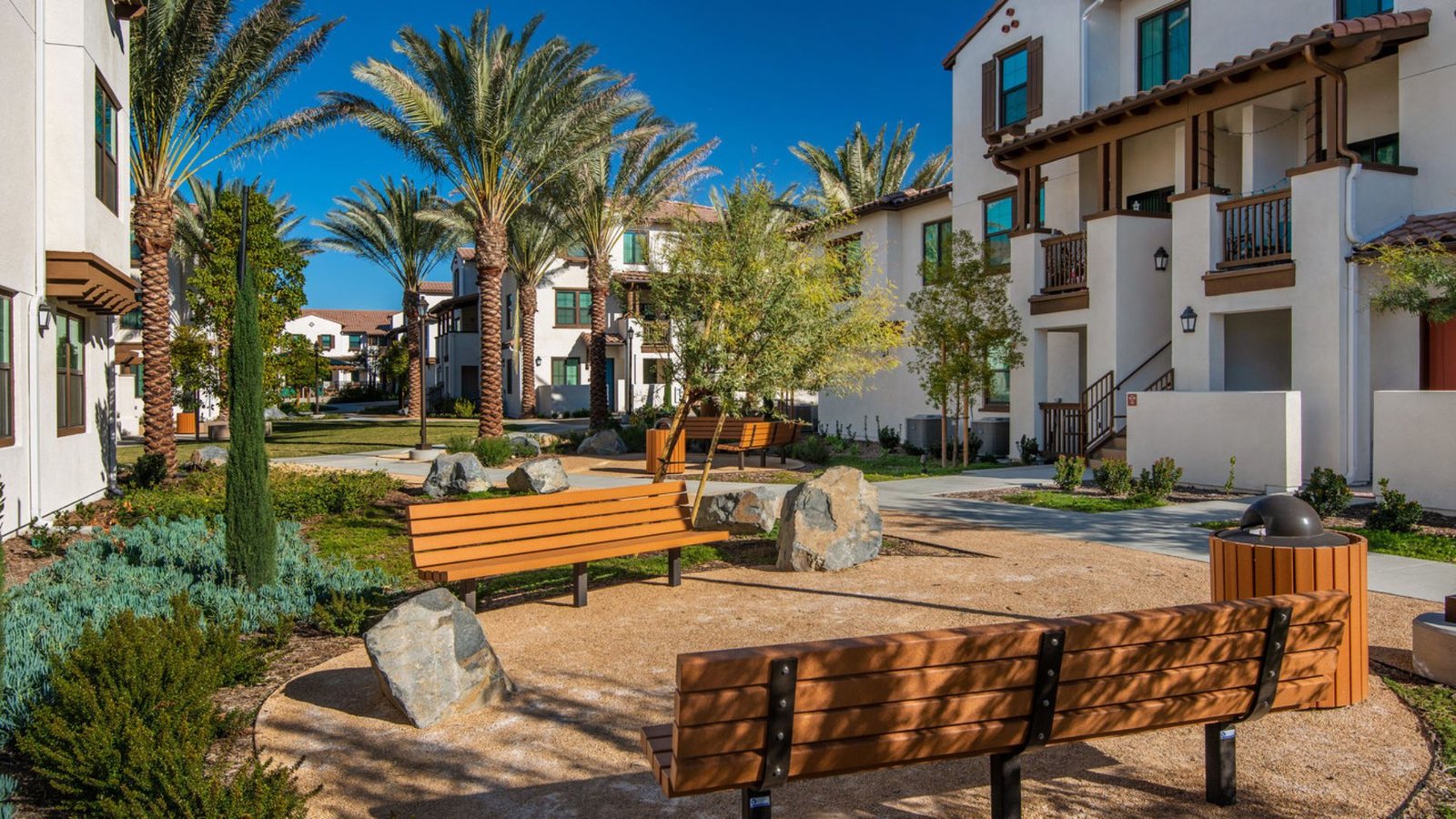Best Practices for Designing Affordable Housing
Ever wondered what goes into designing affordable housing that’s not just affordable but also livable and sustainable? Designing affordable housing is about more than just cutting costs—it’s about creating homes that people can thrive in. Let’s explore some practical tips and best practices that architects and developers use to design housing that meets both budget










